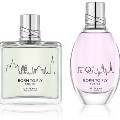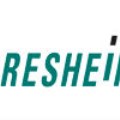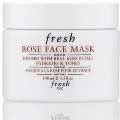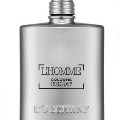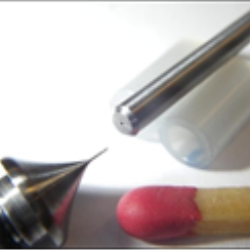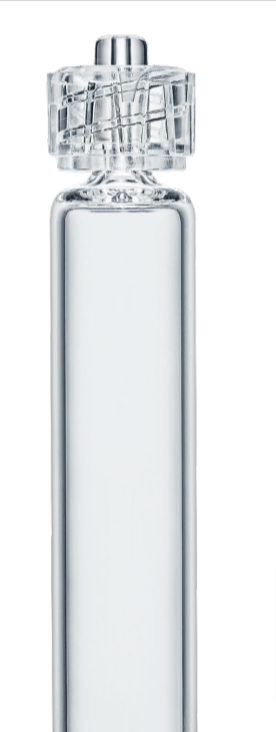Public
Gerresheimer Brochures
Gerresheimer Gallery
Gerresheimer Locations
Gerresheimer News
Gerresheimer Product Catalog
Gerresheimer Publications "Update"
Gerresheimer Videos
Subsidiaries
Sensile Medical
If this is your company, CONTACT US to activate Packbase™ software to build your portal.
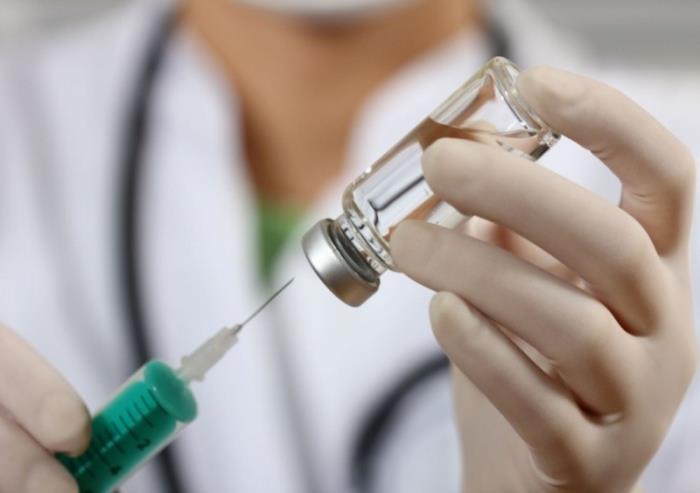

With its Gx Elite and Gx RTF vials, Gerresheimer presents two new type I vials made from borosilicate glass.
“These high-end tubular glass vials made of type I borosilicate glass are our response to increasingly stringent customer demands and expectations on the pharmaceutical market and greater demands for patient safety,” says Robert Hayes, Senior Director Innovation & Product Management, in his presentation, emphasizing the extent to which manufacturing improvements and avoiding glass-to-glass contact in the production process can affect the quality of the vials.
The Gx Elite vials are the result of a careful product development process spanning several years. The primary focus for Elite Glass products was to provide a safer product for the customer and patient. This effort has impressed our customers.”
Extremely durable and free of cosmetic defects
The highly shatter-resistant vials are extremely durable, free of cosmetic defects and can be customized for specialized customer requirements. Elite Glass vials are produced using the quality by design approach that creates a product that will exceed customers’ expectations. A combination of manufacturing and handling improvements along with specialized final packaging also ensures that Gx Elite vials can be supplied for end-to-end use on various filling lines. These types of improvements make it possible for our customers to sup-ply products to the market as needed and reduce costs for the industry, which will ultimately help everyone.
Intelligent defect recognition
All of Gerresheimer’s tubular glass plants that produce vials work with standardized monitoring, inspection, and packaging technologies, which essentially comprise the Gx G3 and Gx RHOC systems. The inspection systems, for one, are developed in house and form part of a close-knit testing system that ensures the highest precision and quality assurance in line with the latest standards. Complete with modern HD cameras, the Gx G3 inspection system makes sure that cosmetic defects are identified reliably, for instance. The intelligent software detects and classifies the defects in a few fractions of a second, while the Gx RHOC system ensures dimensional quality with HD matrix cameras and a hypercentric ID camera.
Gx RTF injection vials: two manufacturers – one packaging
The Gx RTF injection vials are made from type I borosilicate glass. They meet all current requirements of the applicable ISO standards and phar-macopoeias (USP and Ph. Eur.). By using the Ompi EZ-fill packaging format, the risk of glass-to-glass contact, which could result in break-ages, cosmetic defects, and particle contamination, is minimized.
Gerresheimer’s two areas of expertise – the moulding of vials made from tubular glass and the ready-to-fill process for pre-fillable syringes – are combined with recognized Ompi EZ-fill packaging technology for the new Gx RTF vials. The result is vials that are washed, packed in trays or in nests and tubs, and sterilized before being delivered to pharmaceutical customers. This enables our customers to start filling them straight away without the need for any intermediate process steps.
The new injection vials meet the customers’ increasing desire for com-prehensive solutions. By establishing a standardized packaging platform for sterile vials, Gerresheimer is fundamentally simplifying the process for the customer.
Flexibility through various packaging configurations
The new product currently exists in the 2R, 6R, and 10R formats for nests and tubs as well as in formats for 4 to 13.5 ml as trays. Further formats will follow. The new packaging solution allows the vials to be used from the development phase of new medications to small or large-scale production.

.jpg)
.jpg)
.jpg)
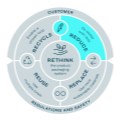

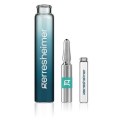



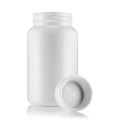


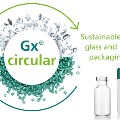
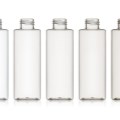
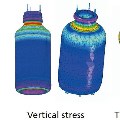
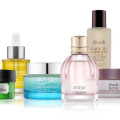
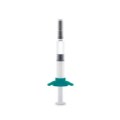
.jpg)
